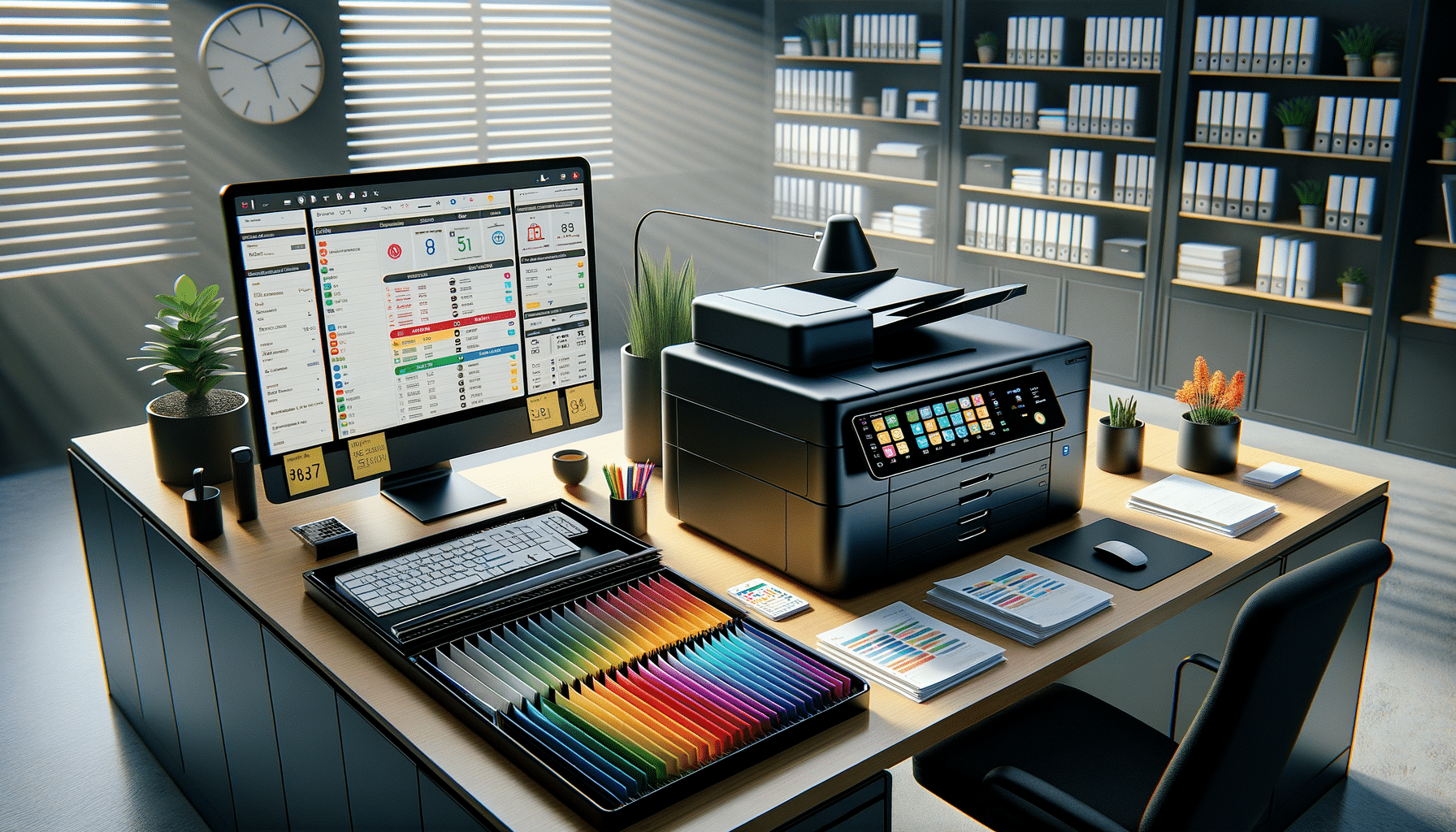
Streamline Your Workflow with Efficient Office Printing Solutions
The Importance of Efficient Office Printing
In today’s fast-paced business environment, efficient office printing is crucial for maintaining productivity and ensuring smooth workflow. Whether it’s for creating business proposals, reports, or marketing materials, the ability to print quickly and economically can impact overall business performance. Efficient office printing solutions help reduce costs, minimize waste, and improve the speed of document production, which is essential for meeting tight deadlines and maintaining a competitive edge.
Moreover, with the increasing emphasis on sustainability, businesses are looking for ways to reduce their environmental impact. Efficient printing solutions not only save time and money but also support eco-friendly practices by reducing paper and energy consumption. By investing in the right printing technology, companies can significantly enhance their operational efficiency while contributing to environmental conservation.
Choosing the Right Printing Equipment
Selecting the appropriate printing equipment is a critical step in optimizing office printing. With a variety of options available, it’s important to consider the specific needs of your business. Factors such as print volume, quality, and speed should guide your decision. For instance, laser printers are ideal for high-volume, monochrome printing, offering speed and cost-effectiveness. On the other hand, inkjet printers are suitable for high-quality color prints, making them a preferred choice for marketing materials and presentations.
Additionally, multifunction printers (MFPs) offer a comprehensive solution by combining printing, scanning, copying, and faxing capabilities in one device. This not only saves space but also streamlines workflow by reducing the need for multiple machines. When choosing a printer, consider the total cost of ownership, including the cost of consumables like ink or toner, maintenance, and energy usage. Investing in a reliable, efficient printer can lead to long-term savings and improved productivity.
Optimizing the Printing Process
Once the right equipment is in place, optimizing the printing process is the next step towards achieving efficiency. Implementing print management software can help monitor and control printing activities, ensuring that resources are used wisely. These tools provide insights into printing patterns, helping to identify areas where waste can be reduced. For example, setting default print settings to double-sided printing can significantly decrease paper usage.
Another strategy is to establish a centralized printing policy that outlines best practices for document printing. This can include guidelines on when to print in color versus black and white, or when to use draft mode to save ink. Educating employees about these practices can foster a culture of mindfulness towards resource usage, ultimately leading to more sustainable printing habits.
Integrating Digital Solutions
Incorporating digital solutions into office printing can further enhance efficiency. Cloud printing services allow employees to print from any device, anywhere, eliminating the need for physical connections and enabling remote work capabilities. This flexibility is particularly beneficial in today’s hybrid work environments, where employees may not always be in the office.
Moreover, digital document management systems can reduce the need for physical copies by storing documents electronically. This not only saves paper but also improves accessibility and collaboration, as documents can be easily shared and edited in real-time. By integrating digital solutions with traditional printing practices, businesses can create a more agile and responsive work environment.
Future Trends in Office Printing
As technology continues to evolve, the future of office printing is set to become even more innovative and efficient. One emerging trend is the use of 3D printing technology in office environments. While traditionally associated with manufacturing, 3D printing is finding applications in creating prototypes and models, offering new possibilities for businesses in various sectors.
Additionally, advancements in artificial intelligence and machine learning are expected to further enhance print management systems. These technologies can predict printer maintenance needs, optimize print queues, and even automate document workflows, reducing the need for manual intervention. As businesses continue to adapt to new challenges, staying informed about these trends will be key to maintaining a competitive edge in office printing.

